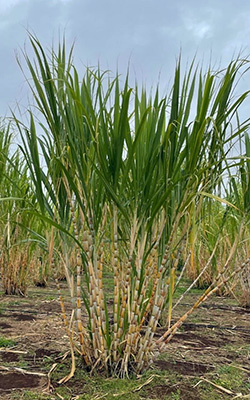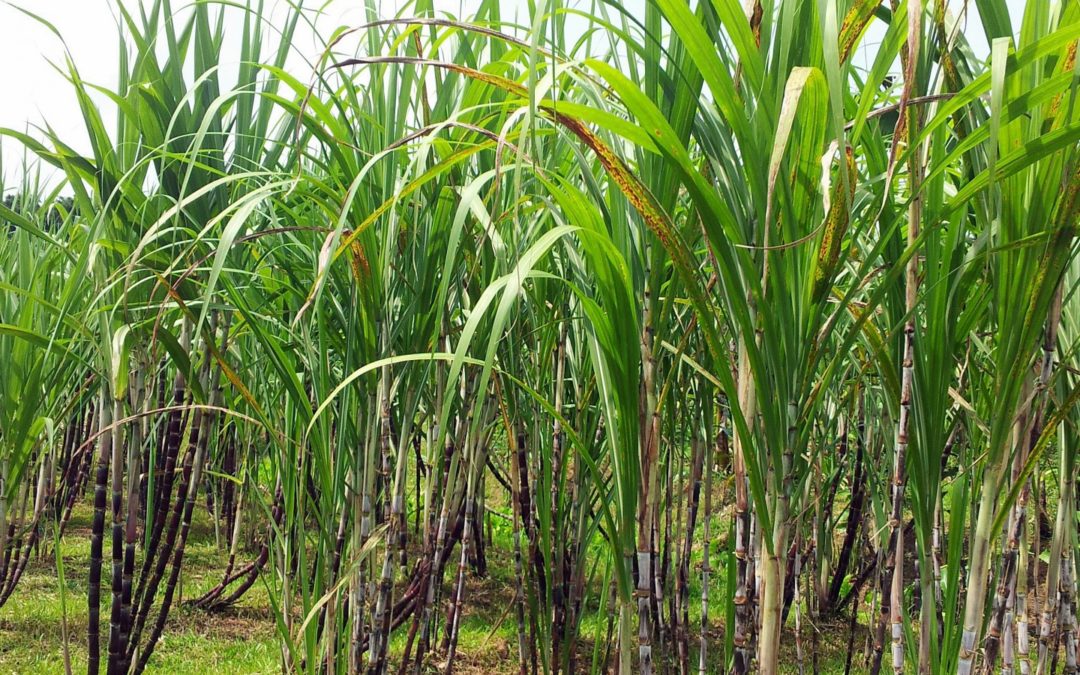How Cane Sugar Processing Chemicals Improve Sugar Quality and Yield
The role of processing chemicals in walking cane sugar manufacturing is critical, as they straight influence both the top quality and return of the end product. By using substances such as lime and phosphoric acid, manufacturers can efficiently eliminate pollutants and boost removal performance. The incorporation of activated carbon and enzymes offers to enhance the breakdown of complex sugars, eventually leading to a purer and higher-quality sugar. Nonetheless, the complexities of just how these chemicals engage within the processing setting raising concerns concerning their long-term effects and possible advancements in the sector.
Introduction of Walking Stick Sugar Processing
Walking cane sugar processing includes a collection of important steps that transform raw sugarcane right into refined sugar products. The procedure begins with harvesting, where fully grown sugarcane stalks are cut and moved to refining centers. Upon arrival, the walking cane goes through cleaning to eliminate impurities such as dirt and plant materials.
Complying with cleaning, the walking stick is crushed to draw out the juice, which includes sucrose - sugar and cane. This juice undergoes information, where lime and heat are utilized to remove remaining impurities and non-sugar components. The clarified juice is after that vaporized to focus the sugar content, leading to the formation of thick syrup
Next, the syrup is crystallized through a regulated cooling process, resulting in sugar crystals. To attain refined sugar, additional purification steps are used, including cleaning, re-crystallization, and drying.
The final item is either packaged as raw sugar or even more refined into white sugar, catering to different customer and industrial requirements. This comprehensive series of actions guarantees the production of top quality sugar, crucial for various applications in food and beverage industries.
Key Handling Chemicals Made Use Of
The manufacturing of refined cane sugar depends on numerous handling chemicals that play substantial functions at various phases. Amongst one of the most vital are lime (calcium hydroxide), phosphoric acid, and sulfur dioxide. Lime is largely made use of during the explanation stage to neutralize level of acidity and speed up impurities, resulting in a more clear juice. This action is necessary for boosting the general quality of the extracted juice.
Phosphoric acid offers a double function; it enhances the explanation procedure and aids in the elimination of color-forming substances, contributing to a higher pureness of the end product. In addition, sulfur dioxide works as a whitening agent, permitting the efficient removal of undesirable pigments and boosting the shade of the sugar.
Various other significant chemicals include triggered carbon, which is utilized for additional decolorization, and enzymes that assist in the malfunction of intricate sugars into easier types, thus boosting return. The careful option and application of these processing chemicals are vital for enhancing the effectiveness of sugar removal and refining procedures, eventually causing a much more constant and greater Check This Out high quality sugar item.

Effect on Sugar High Quality
Just how do handling chemicals influence the top quality of polished sugar? The intro of different chemicals in the cane sugar processing stage considerably enhances the purity and general quality of the last item.
Moreover, the use of triggered carbon and ion-exchange materials throughout the refining process plays an essential function in removing off-flavors and undesirable smells, contributing to the sugar's sensory account. This refinement not only boosts the organoleptic and aesthetic qualities but additionally boosts the life span by lessening microbial activity related to contaminations.
On top of that, the specific application of these chemicals makes certain that the sugar exhibits a regular grain size and flowability, which are crucial attributes for both industrial applications and consumer choices. Generally, the strategic usage of processing chemicals is basic in achieving premium polished sugar that fulfills market standards and consumer expectations.

Enhancing Return Efficiency
Enhancing yield efficiency in cane sugar handling involves optimizing different phases of production to make the most of the amount of sugar removed from raw cane. One vital element is the option and application of proper handling chemicals, which can assist in the malfunction of cell walls and boost sugar release during extraction. Chemicals such as enzymes and acids play an essential role in this process by hydrolyzing polysaccharides and dissolving impurities, consequently improving the general extraction efficiency.

Normal monitoring and modification of handling parameters are necessary to maintain efficiency throughout production (sugar and cane). By employing these strategies, sugar manufacturers can not just raise the quantity of sugar gotten yet likewise minimize waste and lower production costs, adding to a much more sustainable and successful sugar processing operation
Benefits for Customers and manufacturers
Walking cane sugar content processing chemicals offer substantial benefits for both consumers and producers, creating a more sustainable and reliable market. For manufacturers, these chemicals enhance removal processes, leading to greater returns and improved sugar high quality.
The better top quality of sugar translates to much better taste and uniformity in food products. Additionally, the use of processing chemicals can lead to a much more stable supply of sugar, mitigating scarcities and rate spikes that can take place due to ecological factors or market variations.
Final Thought

The duty of processing chemicals in walking cane sugar manufacturing is essential, as they straight influence both the top quality and return of the final product (sugar and cane). The incorporation of turned on carbon and enzymes offers to optimize the malfunction of complicated sugars, inevitably leading to a purer and higher-quality sugar.Walking stick sugar processing entails a collection of essential steps that change raw sugarcane right into refined sugar products.Enhancing return efficiency in walking stick sugar processing includes optimizing various phases of production to take full advantage of the quantity of sugar removed from raw walking cane.Walking stick sugar handling chemicals play a critical function in improving both sugar high quality and return